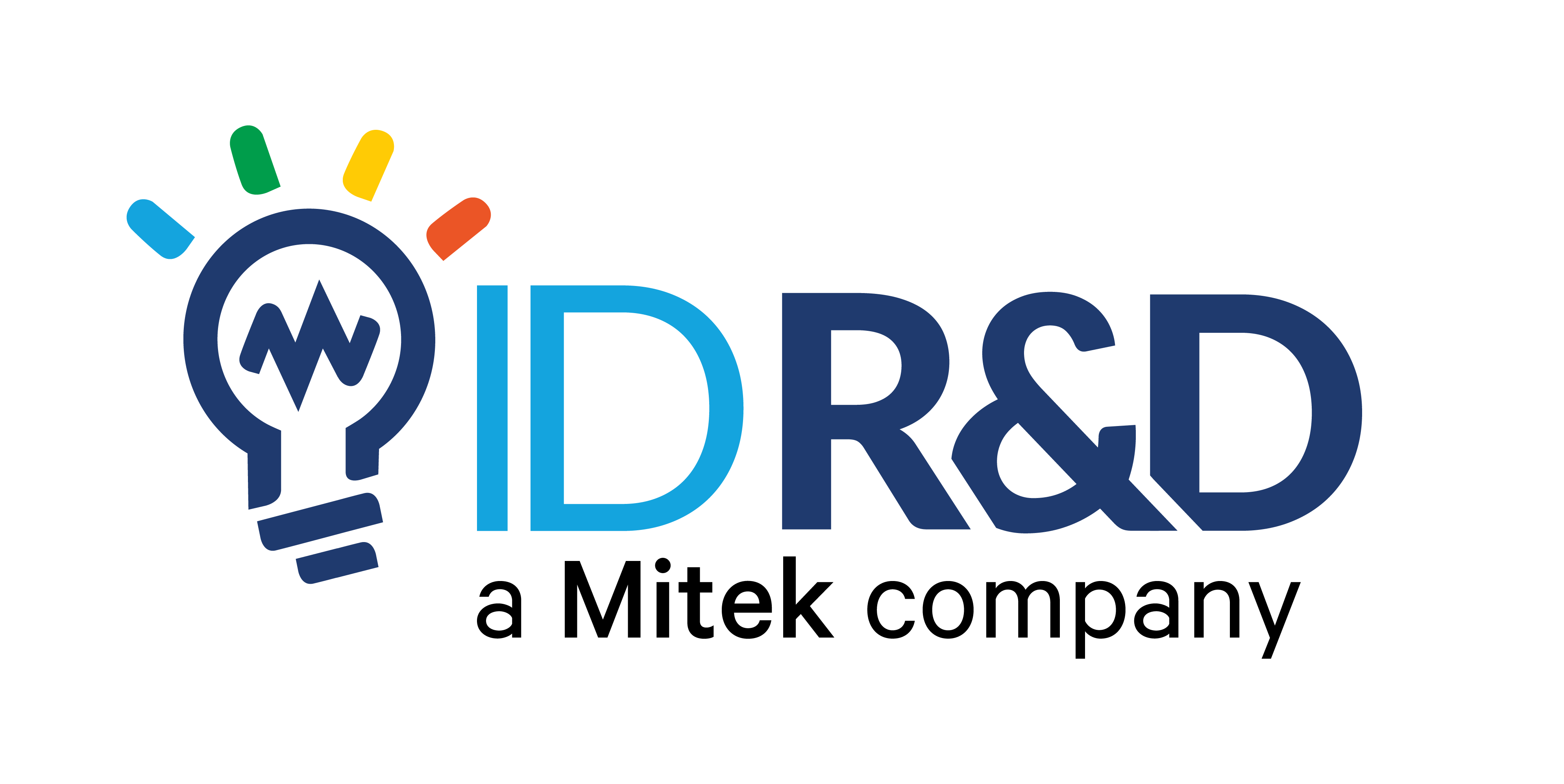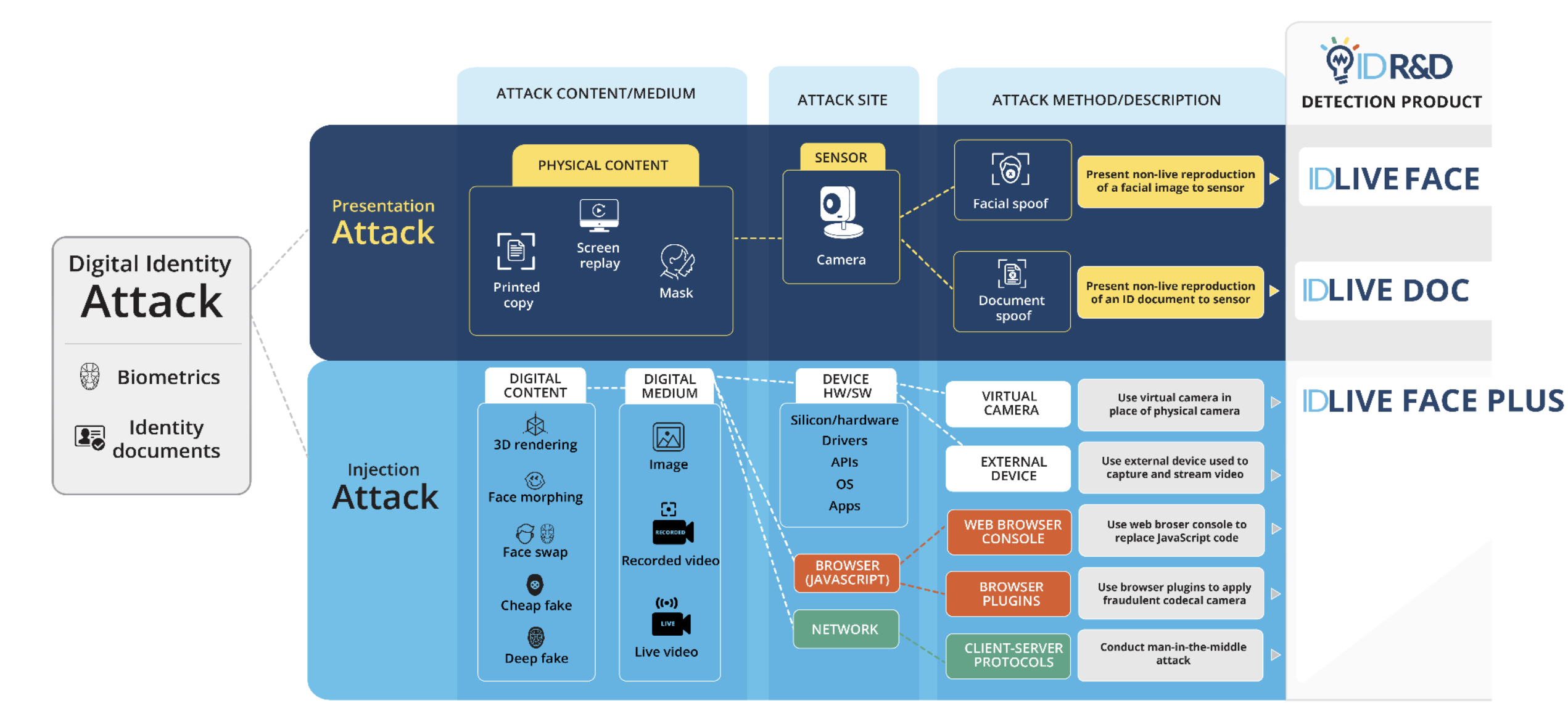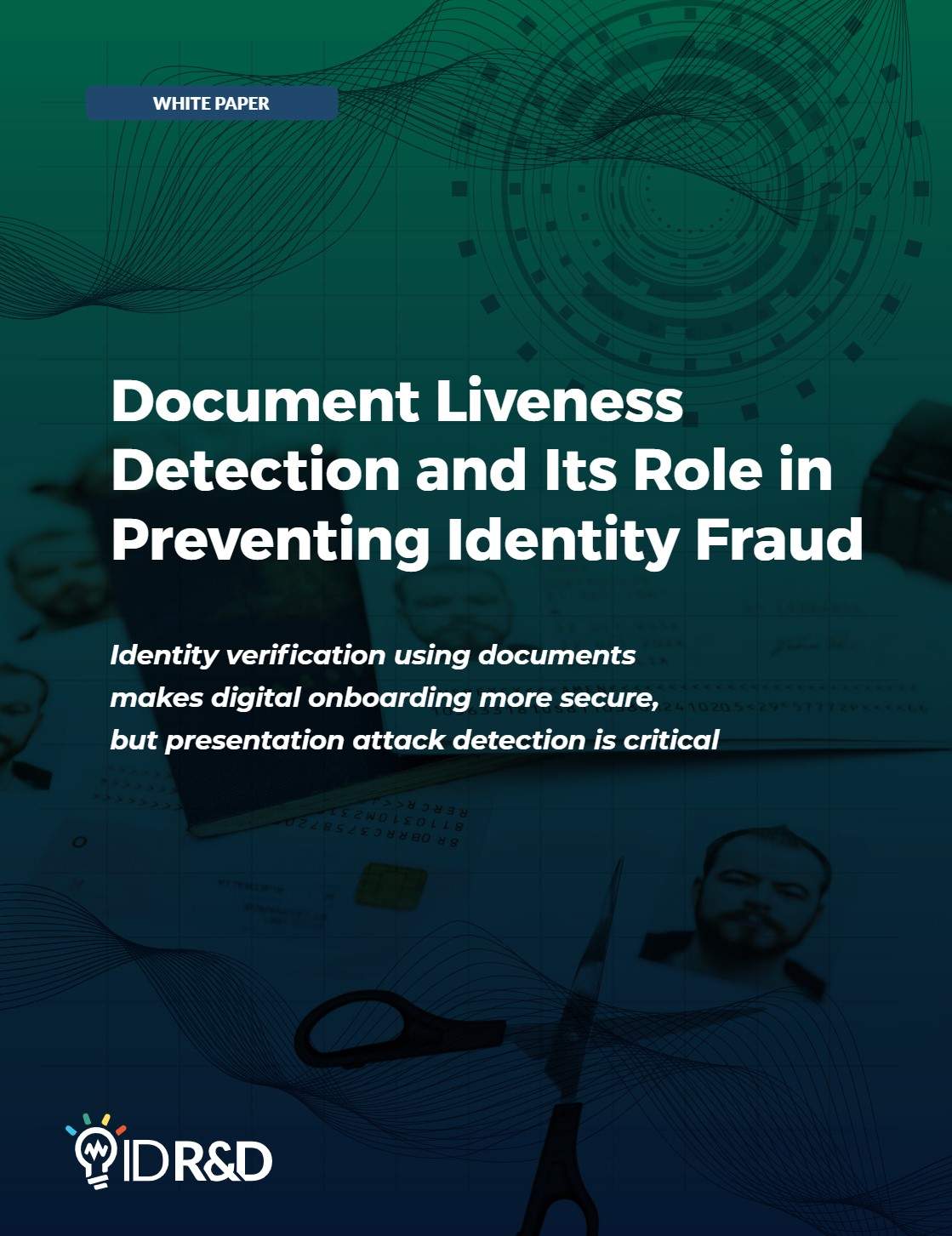When you're working with advanced technology, especially something as precise as biometric solutions, having really clear guides makes all the difference. It's almost like trying to put together a complex piece of furniture without the instructions; you know what it should do, but getting there can be a real headache. Today, we're going to explore why idrnd documentation is so incredibly important for anyone looking to use these powerful tools. Interestingly, while our provided reference text covers a range of fascinating subjects, from the latest season of "And Just Like That" to historical figures like Louis XI and even the intricacies of Byzantine silks, our conversation here will focus entirely on the vital role of well-structured technical information for biometric systems.
So, imagine you're trying to integrate a sophisticated facial recognition system or a voice authentication tool into your own application. You've got the ID R&D software development kit, which is great, but without a map, you might feel a bit lost. This is where comprehensive, easy-to-follow documentation steps in. It's that guiding light, helping you connect all the pieces, troubleshoot issues, and really make the most of what ID R&D offers.
A good set of documents isn't just a collection of technical terms; it's a bridge between the creators of the technology and the people who actually use it. It means fewer frustrating moments, quicker setup times, and a much smoother overall experience. For businesses relying on secure and accurate identity verification, knowing exactly how to implement and maintain these systems is, quite frankly, a huge deal. It helps everyone get things working right, right from the start.
Table of Contents
- The Core of Good ID R&D Documentation
- Common Challenges and How Documentation Helps
- The Role of Examples and Tutorials
- Keeping Documentation Fresh and Useful
- Making the Most of Your ID R&D Resources
- People Also Ask About ID R&D Documentation
The Core of Good ID R&D Documentation
When we talk about idrnd documentation, we're really talking about a complete package of information that supports users at every step. This isn't just about listing functions; it's about explaining how everything fits together, why certain choices are made, and what outcomes to expect. It's about providing a really clear path through what could otherwise be a rather complex landscape of biometric technology.
What Makes Documentation Great?
Great documentation for something like ID R&D's offerings typically has several key ingredients. First, it needs to be accurate, reflecting the current state of the software or system. Outdated information can, you know, cause more problems than it solves. Second, it should be comprehensive, covering everything from basic setup to advanced configuration options. Third, and this is pretty important, it has to be easy to understand, using plain language where possible and avoiding unnecessary jargon. For example, a good guide might explain a technical concept by relating it to something more familiar, making it much easier to grasp.
Furthermore, good documentation is usually well-organized, with a logical flow that helps users find what they need quickly. Think about a library where every book is in its proper place; that's the goal here. It also often includes code snippets or practical examples, which are incredibly helpful for developers. You can, like, see how something works in a real-world context, rather than just reading about it.
Who Benefits from Clear Guides?
Pretty much everyone involved in using or implementing ID R&D technology benefits from clear documentation. Developers, for instance, need precise API references and integration guides to weave the biometric capabilities into their applications seamlessly. System administrators rely on operational guides to deploy and manage the systems effectively. Even product managers can gain a deeper appreciation for the technology's capabilities and limitations, which helps them plan better. So, it's not just for the technical folks; it's for anyone who interacts with the product in a meaningful way, you know?
And let's not forget the end-users, or rather, the people who are creating solutions for end-users. When the underlying technology is well-documented, the solutions built upon it are typically more stable and user-friendly. This means fewer support tickets and a happier customer base, which is, at the end of the day, what every business aims for. It really makes a difference to the overall user experience.
Common Challenges and How Documentation Helps
Working with any advanced technology, particularly in the realm of identity verification, can present a few hurdles. These might range from getting different systems to talk to each other to understanding subtle nuances of performance. Good idrnd documentation is, honestly, your best friend in overcoming these challenges.
Integration Made Simpler
One of the biggest challenges for anyone adopting new technology is integration. How do you get ID R&D's biometric SDK to play nicely with your existing infrastructure? This is where detailed integration guides come into their own. They provide step-by-step instructions, outlining prerequisites, configuration settings, and common pitfalls to avoid. It’s like having an expert sitting right next to you, guiding you through the process, which is a big relief for many. A really good guide will even offer different integration paths, depending on your specific setup, making it very flexible.
Without this kind of clear guidance, developers could spend countless hours trying to figure things out through trial and error. This not only wastes time but also introduces the risk of errors that could compromise security or performance. So, robust integration documentation is not just a convenience; it's a necessity for efficient and secure deployment. It helps you get things done right the first time, more or less.
Troubleshooting with Ease
Things don't always go perfectly, and that's just a fact of life in technology. When an issue arises, whether it's an unexpected error message or a performance hiccup, clear troubleshooting sections in the documentation are invaluable. These sections typically list common problems, their probable causes, and the steps to resolve them. It's like having a quick reference guide for all those "what if" scenarios, which can save a lot of stress.
A well-structured troubleshooting guide can help users diagnose and fix problems independently, reducing the need to contact support. This frees up support teams to focus on more complex issues and helps users get back on track faster. It's a win-win situation, really, where everyone benefits from readily available solutions. You know, it just makes things smoother for everyone involved.
The Role of Examples and Tutorials
Beyond just reference material, practical examples and step-by-step tutorials are incredibly powerful components of effective idrnd documentation. They transform abstract concepts into tangible actions, making it much easier for users to grasp how to apply the technology in real-world scenarios. It's one thing to read about a function, but quite another to see it in action, or to follow along with a guided exercise.
Practical Applications
When documentation includes actual code examples, it gives developers a head start. They can copy, paste, and modify these snippets to fit their specific needs, accelerating development cycles. For instance, an example showing how to enroll a new user's voice print or how to verify a face against a stored template provides immediate utility. These examples often demonstrate best practices, too, which helps users build more secure and efficient applications from the outset. It's, like, a really practical way to learn.
These practical applications extend beyond just code. Tutorials might walk a system administrator through setting up a new server for biometric processing, or guide a business analyst through interpreting system logs. This hands-on approach makes the documentation much more engaging and, frankly, more useful than just dry technical descriptions. It helps bridge the gap between theory and actual implementation, which is super helpful.
Learning by Doing
People often learn best by doing, and tutorials facilitate this active learning process. A good tutorial breaks down a complex task into manageable steps, allowing users to build confidence as they progress. This is particularly valuable for new users who might be unfamiliar with biometric concepts or ID R&D's specific approach. They can follow along, experiment, and see the results firsthand. It's a bit like learning to cook from a recipe; you follow the steps and end up with a finished dish.
This "learning by doing" approach helps to solidify understanding and encourages exploration. Users are more likely to experiment with different features and configurations once they have a solid foundation built through guided tutorials. This, in turn, can lead to more innovative uses of the technology, which is pretty exciting. So, in some respects, tutorials are a vital part of the learning journey.
Keeping Documentation Fresh and Useful
Technology evolves at a rapid pace, and biometric solutions are no exception. For idrnd documentation to remain truly useful, it needs to be regularly updated and maintained. Outdated information can quickly become a hindrance, leading to frustration and incorrect implementations. It's a bit like trying to use an old map to navigate a brand-new city; you're likely to get lost, you know?
Regular updates ensure that the documentation reflects the latest software versions, new features, and any changes to APIs or best practices. This commitment to freshness demonstrates a company's dedication to its users' success. It also means that users can always rely on the documentation as their primary source of accurate information, which is really important for trust. Companies often release updates alongside new product versions, so it's a pretty continuous process.
Furthermore, incorporating user feedback is a crucial part of keeping documentation relevant. If users frequently ask the same questions or report difficulties with certain sections, that's a clear signal that those areas need improvement. A responsive approach to documentation ensures it meets the actual needs of the people using it. This collaborative effort helps to refine the guides over time, making them even more valuable. So, it's a living thing, more or less, that grows and adapts.
Making the Most of Your ID R&D Resources
Ultimately, the quality of idrnd documentation directly impacts how effectively users can leverage ID R&D's powerful biometric solutions. Clear, comprehensive, and well-maintained guides are not just an add-on; they are a fundamental component of the product itself. They empower developers, simplify integration, and streamline troubleshooting, allowing businesses to unlock the full potential of secure identity verification. It's, quite frankly, a really big deal for anyone working with this kind of technology.
To truly get the most out of these resources, make it a point to regularly check for updates and familiarize yourself with the latest versions. Don't be afraid to explore the examples and tutorials, as these can often provide insights that static reference material might miss. And remember, if you have feedback, sharing it helps improve the documentation for everyone. You can learn more about biometric security on our site, and for deeper technical insights, you might also want to check this page /advanced-biometric-integration.
People Also Ask About ID R&D Documentation
What is ID R&D?
ID R&D is a company that develops and provides advanced biometric security solutions, typically focusing on areas like voice biometrics and facial recognition for identity verification and authentication. Their technology helps businesses confirm who people are in a really secure way.
Where can I find ID R&D API documentation?
Typically, official API documentation for companies like ID R&D is found on their developer portal or a dedicated documentation section of their main website. You usually need to look for sections labeled "Developers," "Documentation," or "API Reference" to find these guides. Sometimes, you might need to register for a developer account to access the full set of resources, you know?
How do ID R&D biometrics work?
ID R&D's biometric systems generally work by analyzing unique physical or behavioral characteristics of an individual, like their voice patterns or facial features, to verify their identity. This involves capturing a sample (e.g., a voice recording or a face scan), processing it into a digital template, and then comparing it to a stored template for authentication. It's a pretty complex process, but the goal is to provide a very secure and convenient way to confirm identity.



